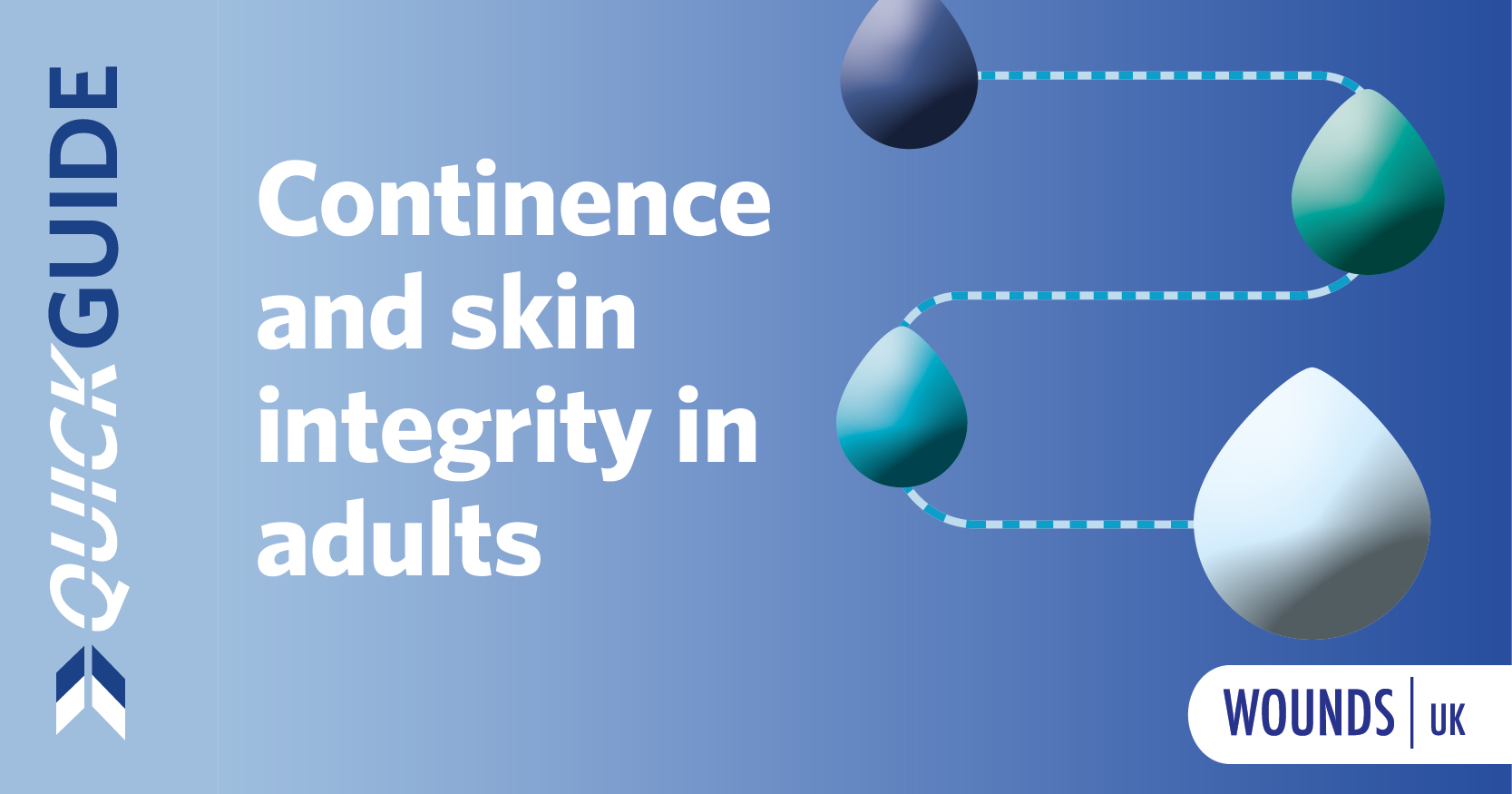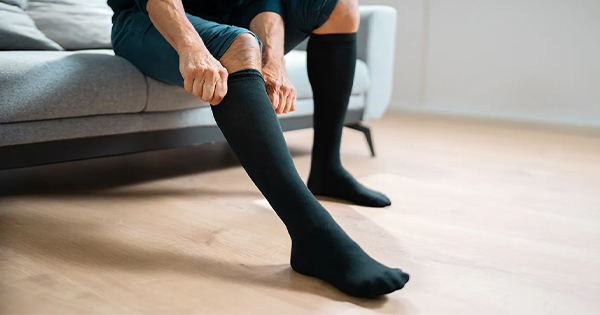Background: Diabetic ulcers are slow to heal and may result in amputation in 10-25% of patients. Kerraboot® was designed to encourage granulation, remove exudate away from the wound and enhance patient comfort during dressing changes.
Aims: In this study of 32 patients, the acceptability of Kerraboot® for the management of diabetic foot ulcers was compared to standard wound care treatment, Allevyn™ by patients and healthcare workers.
Methods: Questionnaires were completed by patients and healthcare workers to assess acceptability of dressing and impact on quality of life.
Results: Kerraboot® was better than Allevyn™ in terms of ease of application and removal, convenience and resource utilisation. A 50% reduction in the time taken to change the dressing was noted in the Kerraboot® group (mean = 6.8, SD= 4.66 minutes vs Allevyn™, mean= 9.9, SD= 3.78 minutes; P=0.017). By the first week, 85.7% of the patients in the Kerraboot® group were able to change their dressing independently of nurses compared with 62.5% in the Allevyn™ group.
Conclusions: Although there was no difference in healing rates between the groups, in the non-healing wounds there was a noticeable difference in the reduction of slough and increase in granulation tissue in the Kerraboot® group compared to Allevyn™.
Declaration of interest: Dr M Edmonds is a member of the ARK Therapeutics Advisory Panel.




